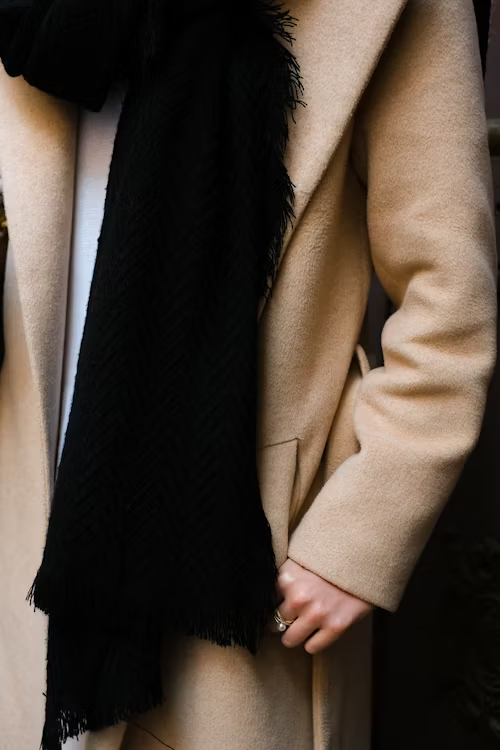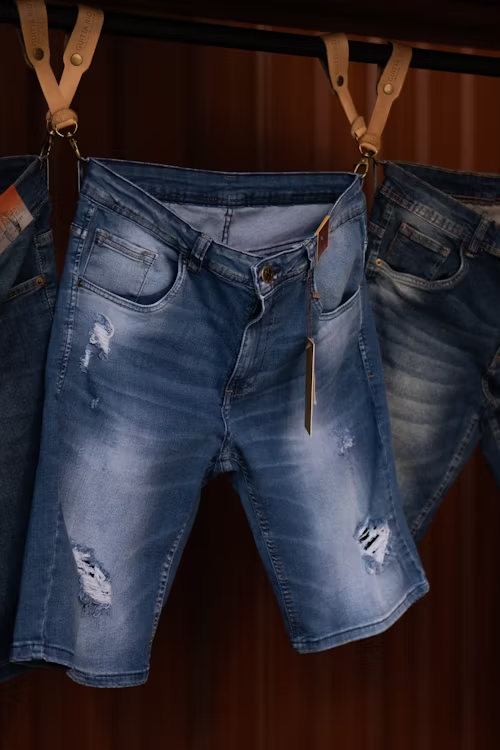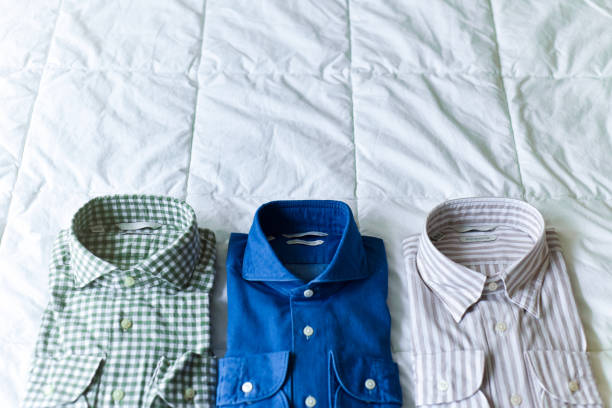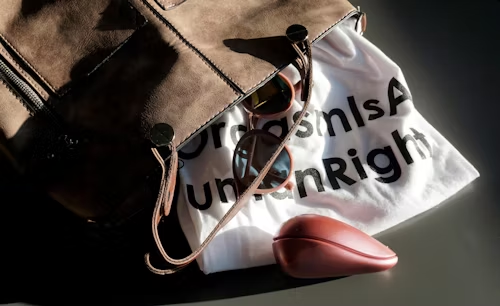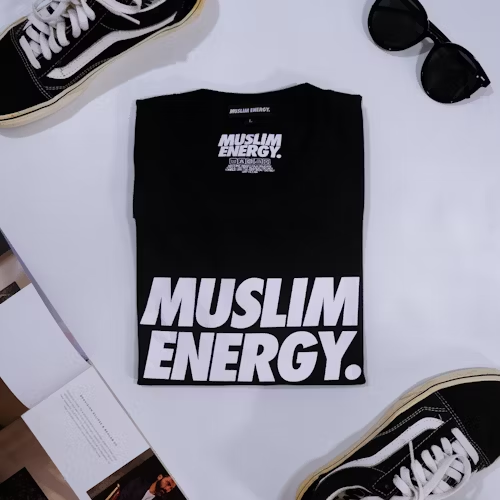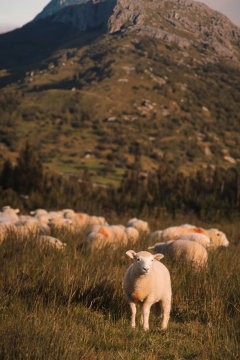
Introduction to Wool Fabric
Wool is a natural fiber sourced from the fleece of sheep and other animals such as goats, alpacas, and camels. Celebrated for its exceptional warmth, soft handfeel, and impressive moisture absorption, it remains an essential fabric for autumn–winter apparel and high-end fashion.
The main wool producing regions in the world include Australia, New Zealand, China, Argentina, etc. Among them, Australia is the core supplier of Merino wool, with delicate and soft fibers, known as the “silk” of wool. Wool is not only a beloved material for fashion designers, but also carries profound historical and cultural value, and is listed alongside silk and cotton as one of the oldest textile materials in human history.
Compared to cotton fabric, wool is more warm and elastic; Compared with synthetic fibers, it has better natural breathability and environmental properties, which is also an important reason why more and more brands pursuing sustainable fashion choose wool.
The main types of wool fabrics
Merino Wool
Known for its delicate and soft texture, the fiber diameter is usually below 18 microns, and it does not itch when worn close to the body. Widely favored in high-end knitwear, tailored suits, and performance sportswear.Brands like Icebreaker and Smartwool use Merino wool as their core fabric.
Cashmere
Derived from goat hair, the fibers are extremely fine and lightweight, providing excellent warmth retention. Renowned for its opulent feel, commonly used in luxury sweaters, shawls, and scarves. Expensive prices are synonymous with high-end fashion in winter.
Alpaca Wool
Produced in the Andes Mountains of South America, the fiber is lighter and warmer than wool, does not contain lanolin, and is more friendly to sensitive skin. The colors are naturally rich and commonly used in knitted jackets and coats.
Camel Hair
Warm yet lightweight and remarkably durable, featuring a signature golden tone.Suitable for making coats, jackets, and blankets, especially popular in the Middle East and Central Asia.
Coarse Wool
The fiber is coarse and has a tough texture, suitable for durable products such as jackets, carpets, and rugs. The price is relatively low, but the comfort is not as good as fine wool.
The advantages of wool fabric
- High insulation and breathability: Wool fibers contain a large amount of air, which can effectively block cold and have breathability to avoid stuffiness.
- Excellent moisture absorption and removal performance: It can absorb 30% of its own weight of moisture without feeling damp.
- Natural elasticity: The curly structure of wool makes it less prone to permanent wrinkles during wear.
- Antibacterial and odor prevention: Keratin in wool can inhibit bacterial growth and reduce odor production.
Disadvantages of wool fabric
- Easy to shrink and deform: High temperature washing or friction can cause wool to shrink.
- Afraid of insect infestation: The protein in wool is an ideal food for moths.
- High cleaning costs: Some wool products require dry cleaning and high daily care requirements.
- May irritate the skin: Coarse fiber wool may cause itching when in contact with the skin.
Cleaning and maintenance of wool fabrics
- Washing method: Fine wool or cashmere is suitable for cold water hand washing or dry cleaning, avoid rubbing; Special wool detergent can be used.
- Shrinkage prevention techniques: Avoid hot water, high-temperature drying, and vigorous spin drying.
- Storage method: When stored for a long time, it should be kept dry and treated with insect repellent or camphor balls.
- Daily care: Minor wrinkles can be ironed with a low-temperature steam iron and a cloth; After wearing for a long time, take a day off to restore the fiber elasticity of the clothing.
The fashionable application of wool fabric
- Wool coat: crisp and stylish, with strong warmth retention, it is a must-have item for autumn and winter wardrobes.
- Wool Knitted Sweater: From high neck to round neck, it can be worn alone or as an inner layer.
- Wool suit: a classic choice for formal occasions, a fine wool suit is both lightweight and textured.
- Wool accessories: Scarves, hats, and gloves not only provide warmth but also add a stylish touch to any outfit.
For example, CeknoClotting has launched an environmentally friendly Merino wool knitting series, which includes classic black and gray as well as eye-catching autumn and winter color options.
The Historical and Cultural Background of Wool Fabric
As early as 4000 BC, humans began raising sheep to obtain wool. The wool trade in medieval Europe once supported the entire national economy, such as the wool export tax in England becoming an important source of revenue for the treasury.
In China, wool textiles were once an important commodity on the Silk Road, promoting cultural exchange between the East and the West.
Nowadays, wool is not only a traditional fabric, but also represents a sustainable, natural, and environmentally friendly lifestyle concept.
Wool fabric and sustainable fashion
The modern wool industry is increasingly focusing on environmental protection and animal welfare. For example:
- RWS (Responsible Wool Standard) certification ensures that wool production is free from animal abuse.
- Brands like Patagonia use recyclable wool to produce jackets, reducing waste.
- CeknoClotting emphasizes a traceable supply chain from pasture to wardrobe, ensuring that every wool product is environmentally friendly and of high quality.
Suggestions for purchasing wool products
- Look at fiber fineness: The finer the fiber, the softer and higher the quality.
- Touch and Gloss: High quality wool has a delicate and elastic touch, and a soft and natural luster.
- Check ingredient labels: 100% wool or wool blend affects the wearing experience and warmth.
- Choose a reliable brand: Choose according to your budget, from popular brands to high-end designer styles.
conclusion
Wool fabric is a natural material that combines warmth, comfort, and elegance. From ranches to fashion shows, it has undergone thousands of years of historical baptism and remains a combination of fashion and functionality.
In the future, with the deepening of environmental protection and sustainable concepts, wool fabrics will be integrated into our lives in a greener and healthier way. Whether it’s a classic wool coat or a soft knit sweater, they will continue to write warm stories of winter.
